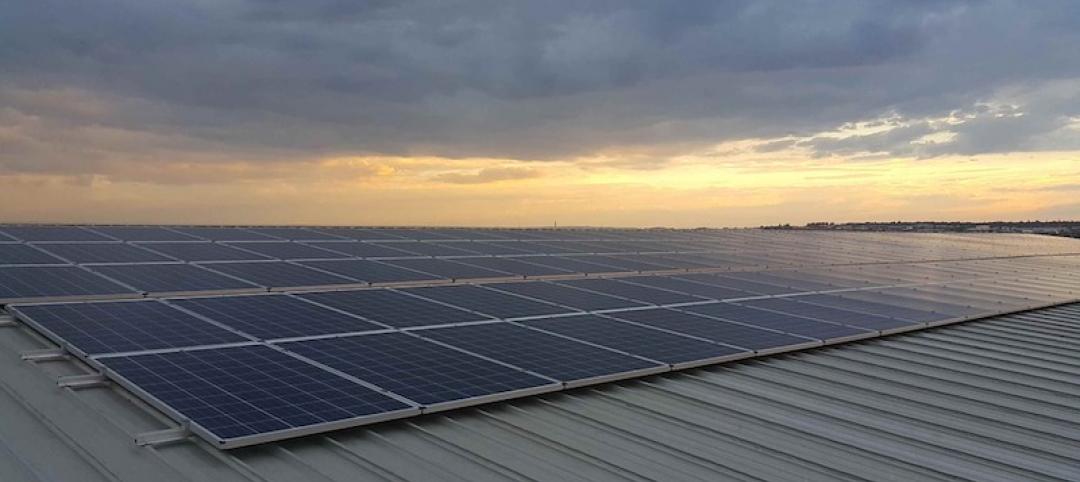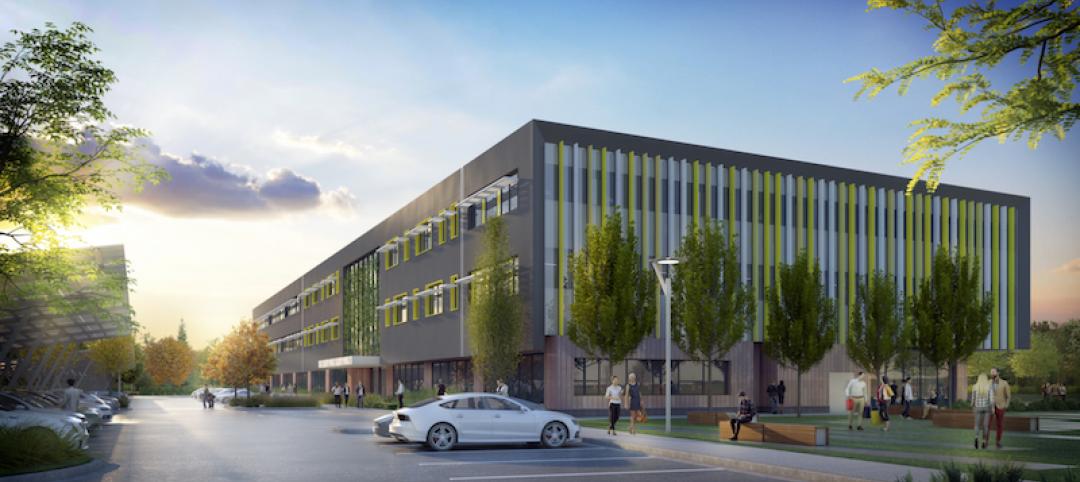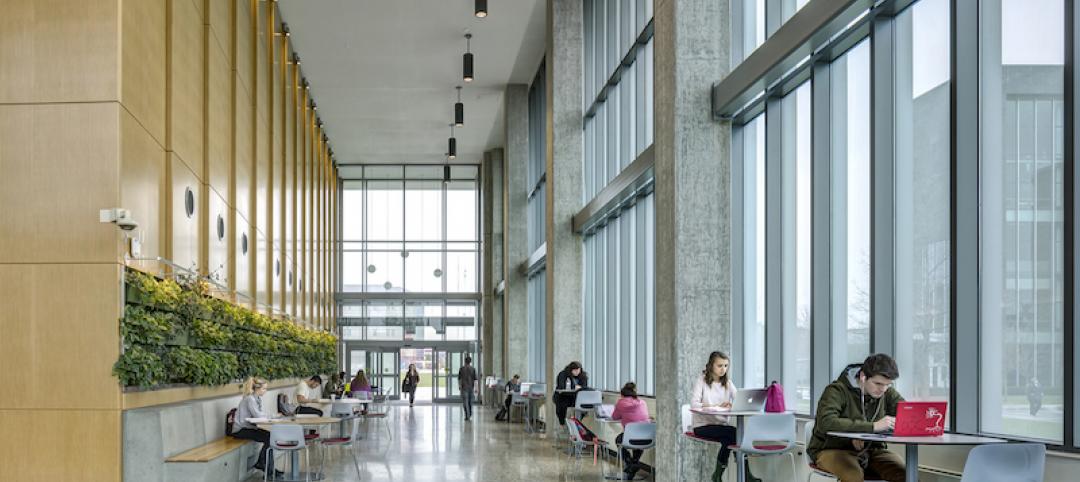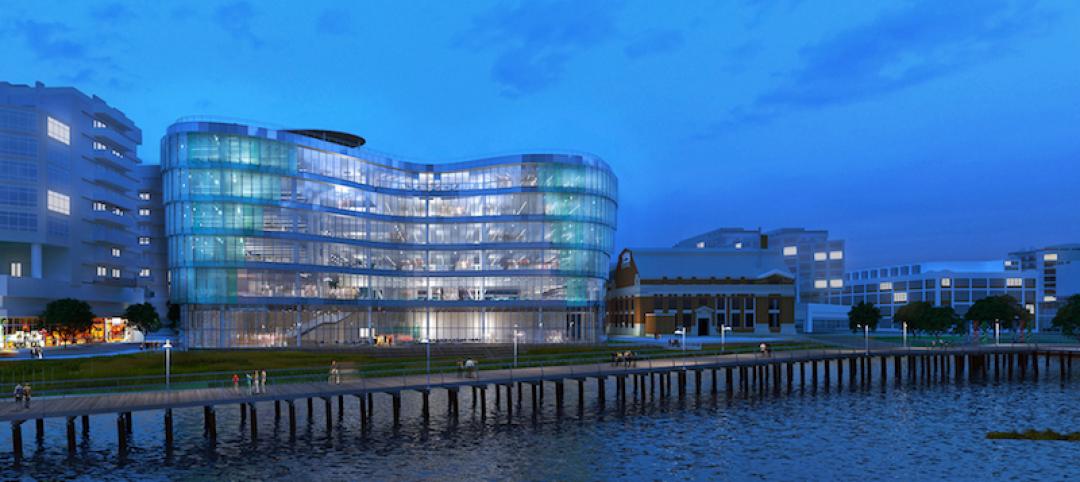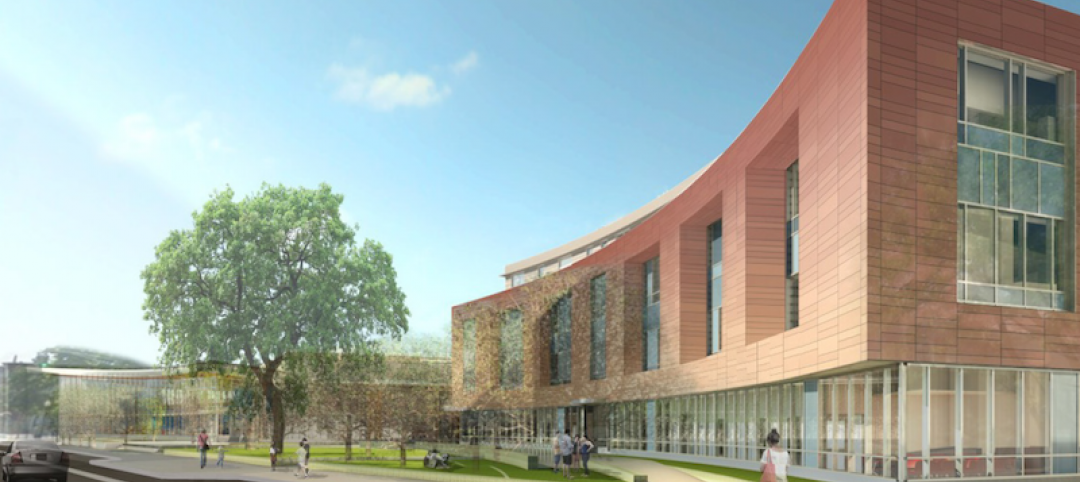As a society, we’re more aware than ever of the difference we can make purchasing smart, sustainable products and the role we can play shifting to cleaner, greener solutions like renewable energy. As we strive to make our own decisions with environmental responsibility in mind, we expect the companies we know and love to do the same.
Universities, shopping centers, sports arenas, charitable foundations, utilities, and beyond are working with Panasonic to develop bold solar solutions. Why? For many, installing solar is the go-to option for meeting sustainability goals, enhancing reputation in social responsibility, and reducing operating costs.
In fact, the Solar Energy Industries Association recently reported that between 2010 and 2014, residential, non-residential, and utility PV market segments grew significantly year over year. At present, there are more than 15,900 MW of cumulative solar electric capacity operating in the U.S. That’s a dramatic amount of renewable sun power and a monumental step forward on the path to cleaner, greener energy.
Sustainability Savings
Last spring, Panasonic completed a 16.2 megawatt portfolio of California Renewable Energy Small Tariff (CREST) projects. Spanning four locations in Central Valley, the systems pack a lot of power and are prime examples of the real-life benefits of going solar. Over the life of the combined systems, more than 580,000 tons of carbon dioxide will be eliminated. Here’s a peak at what that looks like in…
Waste. Unfortunately, waste is an everyday reality, but what we do with it can make a world of difference. Recycling programs across the nation have helped our communities become more sustainable. While these programs play a crucial part in the “greening” of our society, to reach the level of CO2 eliminated by the Central Valley portfolio it would take recycling 1,836,513 tons of waste.
Trees. Trees purify our air, absorbing CO2 through the process of photosynthesis. The amount of CO2 eliminated by the Central Valley solar systems rival the work of more than 13,541,378 trees. That’s a lot of green.
Households. Unfortunately, the safe haven where we rest our feet and sit down to an evening meal is actually a leading producer of CO2 due to its high consumption of electricity. To reach the level of emissions reduced by Panasonic’s solar installations, you’d have to displace CO2 from the annual electric use of 65,893 homes.
Gasoline. We all know that cars are a leading producer of CO2. Day in and day out, we pay a pretty penny at the pump, but so does our planet. How much CO2 could be eliminated if we were to avoid using 59,279,850 gallons of gasoline? You guessed it, right around 580,000 tons.
Producing both economic and environmental benefits, the savings generated by solar are clear. From stadiums to retail facilities, universities to airports, professionals managing all types of buildings are partnering with Panasonic to develop comprehensive solar solutions. Working together, installing solar becomes more efficient and cost-effective than ever before.

Related Stories
Energy Efficiency | Apr 23, 2018
New toolkit offers local governments energy-saving strategies for buildings
Provides estimates on savings for various policies.
Green | Apr 13, 2018
evolv1 earns Canada’s first Zero Carbon Building-Design certification
The multi-tenant commercial office building is currently under construction.
Sustainability | Apr 10, 2018
Thermal comfort, big impact
CallisonRTKL’s Pablo La Roche explains how outdoor thermal comfort could mitigate the effects of climate change.
Sustainability | Apr 9, 2018
Planning for 100: Looking beyond the horizon of zero-net-energy buildings
Imagine a future where buildings and infrastructure are 100% utilized and 100% responsive.
Energy Efficiency | Apr 4, 2018
A new energy metric for building design and operations
A building with a higher occupant density may have a higher energy use, but expend less energy per person.
K-12 Schools | Jan 24, 2018
Hawaii’s first net-zero public school
G70 is the architect, planner, and civil engineer of record for the project.
Energy | Jan 12, 2018
Putting wastewater to work: America’s next great energy source
As much as 40 to 50% of a building’s energy literally goes down the drain every day.
Energy | Jan 11, 2018
Harvesting energy and profits: A new approach to MEP cost analysis
In the course of providing cost estimating services, educating the client on making prudent choices is a high priority.
Energy Efficiency | Dec 19, 2017
New building energy quotient portal gives quick analysis on energy performance
ASHRAE tool provides more automated approach to receive Building EQ Performance Score.
K-12 Schools | Oct 28, 2017
A new elementary school in Cambridge, Mass., aims at being a pilot for that city’s NZE commitment
The building’s programming will provide more access to the community at large.



